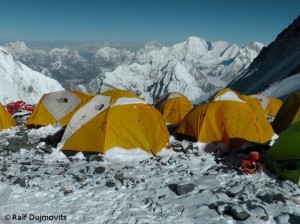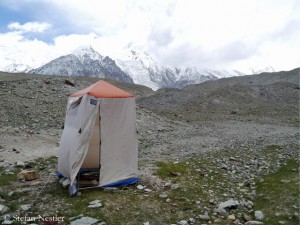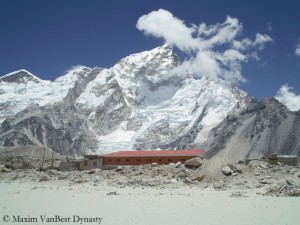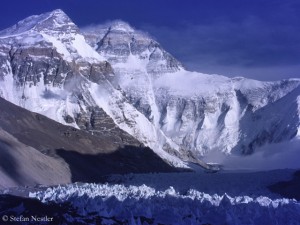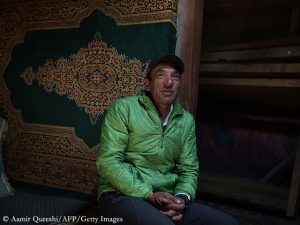Everest shitstorm
“The Lord of the smells“ – this was the title of a story I wrote more than 20 years ago for a German magazine dedicated to parents. At that time my wife and I were swaddling three children several times daily. Once the garbage men threatened to ignore our trash can packed with diapers, not only because it stank, but also because it was so heavy. One day, under the impression of having disposed again several portions of human waste, I wrote said article about the suffering of a swaddling father. It was never published. “Funny, but a little bit to stinky”, the chief editor of the magazine replied. Meanwhile, the public seems to be not as squeamish as in former times: A statement of Ang Tshering Sherpa, president of the Nepal Mountaineering Association, about the problem of human waste in the high camps on Mount Everest led to a true “shitstorm” on the Internet.
It’s the quantity that matters
“Climbers usually dig holes in the snow for their toilet use and leave the human waste there”, Ang Tshering told reporters in Kathmandu. This alone would not be a huge problem, but in the particular case of Everest it’s the quantity that matters. Finally, about 700 climbers relieve themselves in a single spring season in the high camps on the highest mountain on earth. “Human waste is one of the biggest problems in the popular mountains”, Ang Tshering had already said at a meeting of the Asian Mountaineering and Climbing Federation (UAAA) in Hiroshima in November 2014.
Toilet bags and astronaut food
“It is a health hazard and the issue needs to be addressed”, said Dawa Steven Sherpa, Ang Tshering’s son. Since 2008, Dawa Steven has been leading the so-called “Eco Everest Expeditions” that are committed not only to summit successes but to environmental protection too. Dawa recommends his clients to use environmentally friendly re-sealable toilet bags in high camps and to bring them back to base camp. It could be also helpful to live during climbing on some kind of fluid astronaut food that is high in calories but causes little defecation. These products specially developed for expeditions – such as Peronin (I had good experiences using it on my summit day on Kokodak Dome) – are already on the market.
Biogas from human waste of Everest Base Camp?
In Everest base camp on the south side of the mountain, the disposal of human waste is regulated for many years. The feces from the toilet tents – about 12,000 kilograms per climbing season – are collected in tons and carried by so-called “shit porters” to lower villages such as Gorak Shep, about five kilometers away from base camp. There the human waste is dumped into open pits and creates a risk of contaminating the drinking water. Two Americans, the expedition leader Dan Mazur and the engineer Garry Porter, want to solve this problem. The human waste is to be collected in leak-proof containers and should be used for a biogas digester. The project, that was founded in 2010, is ready to go into the testing phase.
P.S.: Of course, the problem is not limited to the south side of Mount Everest. Ralf Dujmovits once told me that he had difficulties to find a clean place for his tent in Camp 1 on the North Col due to the feces everywhere.



